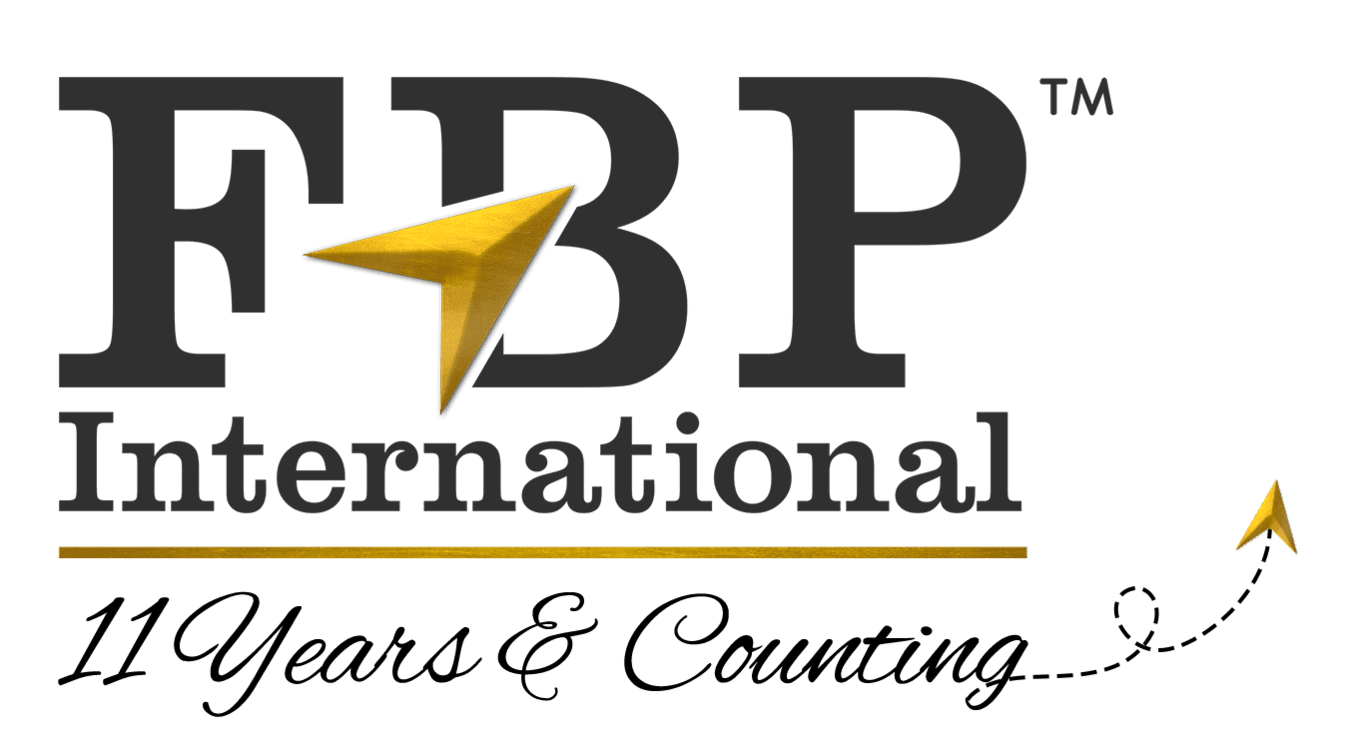

Types of Visas




Subclasses 309 & 100 (Partner (Apply Overseas)) Visa
Subclasses 309 & 100 allow the partner of an Australian citizen, permanent resident, or a citizen of New Zealand who meets certain requirements to live in Australia as their spouse or partner. Subclasses 309 & 100 are usually applied together as a two-step process to applying for the Partner (Migrant) Visa (Subclass 100).
The de facto spouse or partner of an Australian citizen, permanent resident of Australia, or eligible citizen of New Zealand may reside in Australia temporarily with a Subclass 309 (Partner (Provisional)) Visa. Individuals holding this visa can then apply for a Subclass 100 (Partner (Migrant)) Visa and live in Australia permanently.
Benefits of Subclass 309 & Subclass 100
With a Subclass 309 (Partner (Provisional)) Visa, individuals can:
- Stay in Australia
- Work in Australia
- Study in Australia
- Travel to and from Australia as many times as the person desires
- Attend free English classes by the AMEP, if eligible
- Apply for access to Medicare
With a Subclass 100 (Partner (Migrant)) Visa, individuals can:
- Stay in Australia as a permanent resident
- Work in Australia
- Study in Australia
- Travel to and from Australia as many times as the person wishes
- Have access to Medicare
- Sponsor family members to come to Australia
- Attend free English classes by the AMEP, if eligible
- Apply for Australian citizenship, if eligible
Eligibility
Basic eligibility for both Subclass 309 & Subclass 100 is that individuals must be the spouse or de facto partner of an:
- Australian citizen
- Australian permanent resident
- Eligible New Zealand citizen
To be eligible for a Subclass 309 (Partner (Provisional)) Visa, one must:
- Have a sponsor
- Be 18 years or older
- Be outside Australia when applying
- Meet relationship requirements
- Meet health requirements
- Meet character requirements
- Not have had a previous visa cancelled or an application refused
To be eligible for a Subclass 100 (Partner (Migrant)) Visa, one must:
- Meet visa requirements
- Continue to meet relationship requirements, such as:
○ Be married
○ Be in a de facto relationship
○ Have a genuine and continuing relationship
○ Live together, or not live apart permanently
○ Be mutually committed to a shared life
Location when Applying
The individual must be outside Australia when applying.
Including Family
The individual can include members of the family unit in their application when lodging the temporary visa application or add a dependent child after lodging the application and before the temporary visa is decided on. Family members cannot be added after the permanent Partner (Migrant) Visa (Subclass 100) is granted.
Family members applying with the main applicant must meet health and character requirements and be outside Australia.
Know more about Subclass 309 (Partner (Provisional)) Visa & Subclass 100 (Partner (Migrant)) Visa.

